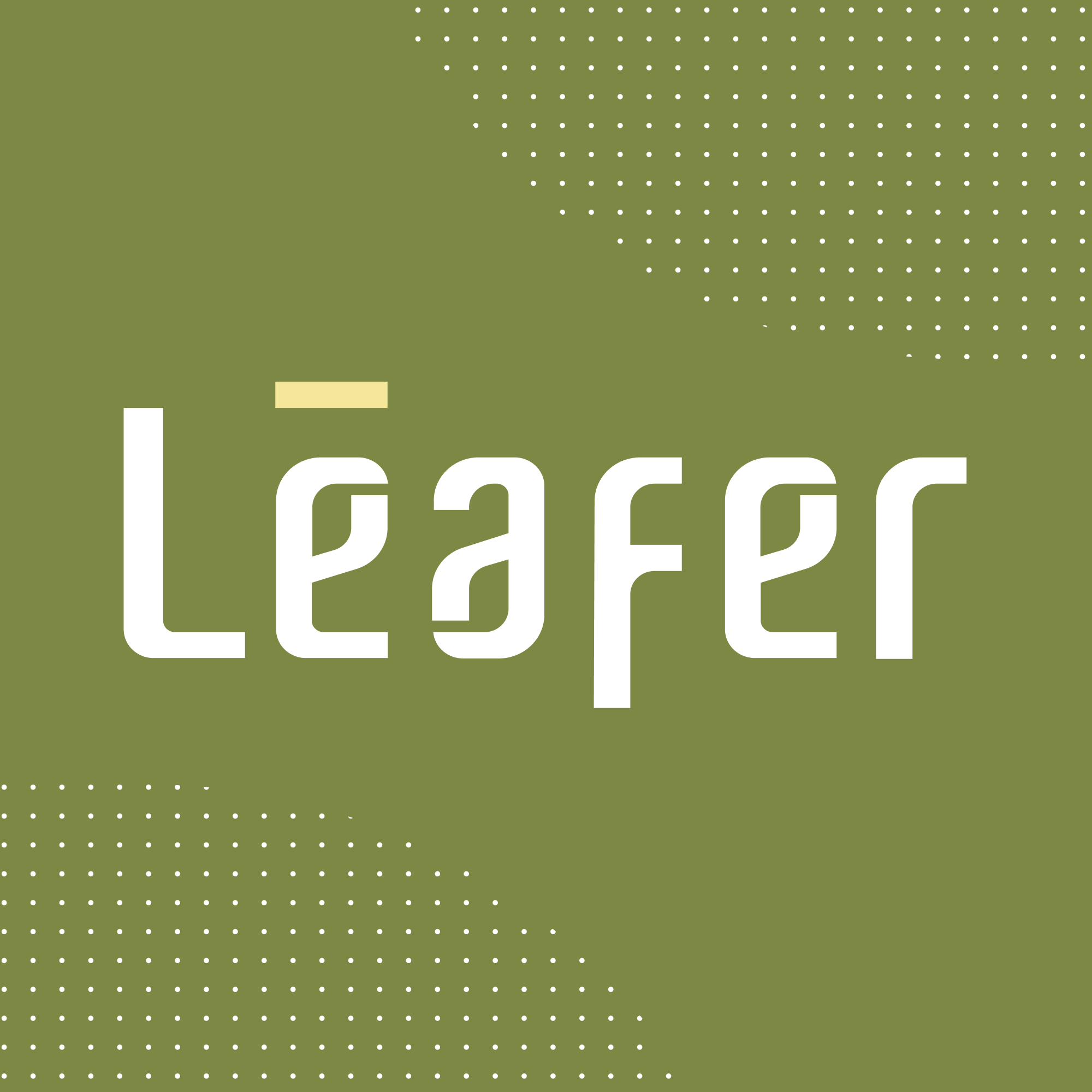Close-up scenario
To-scale
Exploring the weather-resistant, standardized parts in the utility company’s parts graveyard.
ReBloom would extend the lifespan of these crossarm components at least 3 times.
We prioritized the existing part standardizations so only a few added parts and processing would be needed.
-
Name of the submitted project or idea (in English or both English and your language)
ReBloom
-
URL of a video introducing the work(under 5 minutes)
-
Detailed explanation of the submitted project or idea (in English or both English and your language)
How the project started:
While on a visit to the utility company's waste stockpiles, we were struck by the prevalence of square head bolts, which are rarely seen in daily life. We wondered if making the format more accessible would give these discarded parts a chance to be reborn. This led us to create ReBloom, a modular and adaptable design that extends the lifespan of various decommissioned components. Within ReBloom, an ‘n’-shaped piece was designed to be both a wrench for the square head bolts and play an integral part of the final structure.
How the work has been received:
The final design was praised by the utility company and showcased in several exhibits (2021 Taipower Showcase and 2024 Taiwan Design Expo).
The work was also selected by A' Design Awards in the Sustainable Products, Projects, and Green Design category.
Impact had/predicted:
ReBloom would significantly enhance resource utilization by extending the life cycle of the decommissioned crossarm components. This second life would achieve more use of the processed resources, reducing carbon intensity by 73.83%. In our vision, these outdoor frames could be used in public spaces in structures like fences and benches, defying the linear economy notion that components can only be designed for one single-use life. -
How does your work address the 3 P’s (for Planet, for People, for Profit) for Sustainability?
Planet:
By transforming retired utility crossarm parts into outdoor frames, ReBloom ensures that the costly materials are designed to be repurposed rather than immediately discarded. This would reduce the environmental impact associated with manufacturing new products and keep the resources in use, retaining material value.
People:
The modular design of ReBloom was made to be accessible by common individuals without special equipment, allowing anyone to use the ‘n’ shaped piece to easily build and adapt the outdoor frames. This design would foster community engagement and promote a shared understanding of sustainable practices. Additionally, by repurposing valuable materials that would otherwise be labeled waste in a value-making way, ReBloom raises awareness about the possibilities of using resources to their fullest, encouraging a more sustainable mindset within communities.
Profit:
ReBloom offers a cost-effective solution of repurposing unused components waiting to be recycled. With minimal reprocessing or component adding, ReBloom could be cheaply sold as a long-term modular solution to outdoor needs. This would help the utility company save on waste disposal costs, while simultaneously creating an opportunity for profit creation. ReBloom would allow the utility company to differentiate themselves from similar providers as both sustainable and reliable. -
Keywords
#joinery #lifespan #modular
-
If you have a website for your submitted project or idea, please provide the URL
https://leaferdesign.com/case/taipower-rebloom-structure
-
If you have a social media account for your submitted project or idea, please provide the URL
https://www.instagram.com/leaferdesigntw
-
Special Prize Question 1: "Empowering nature to create a new loop”: How does your work strengthen or support nature’s ability to capture and convert waste into valuable resources? How does your work advance industry practices by introducing nature-positive alternatives?
-
Special Prize Question 2: “Regenerating ecosystems”: In what inspiring ways does your work contribute to the restoration and stabilization of natural ecosystems?
-
Special Prize Question 3: “Education and storytelling”: How does your work make complex bioeconomy concepts accessible and engaging?
In our vision, ReBloom could be used in public structures like fences and benches, near in-service utility crossarms, defying the linear economy notion that components can only be designed for one single-use life.

